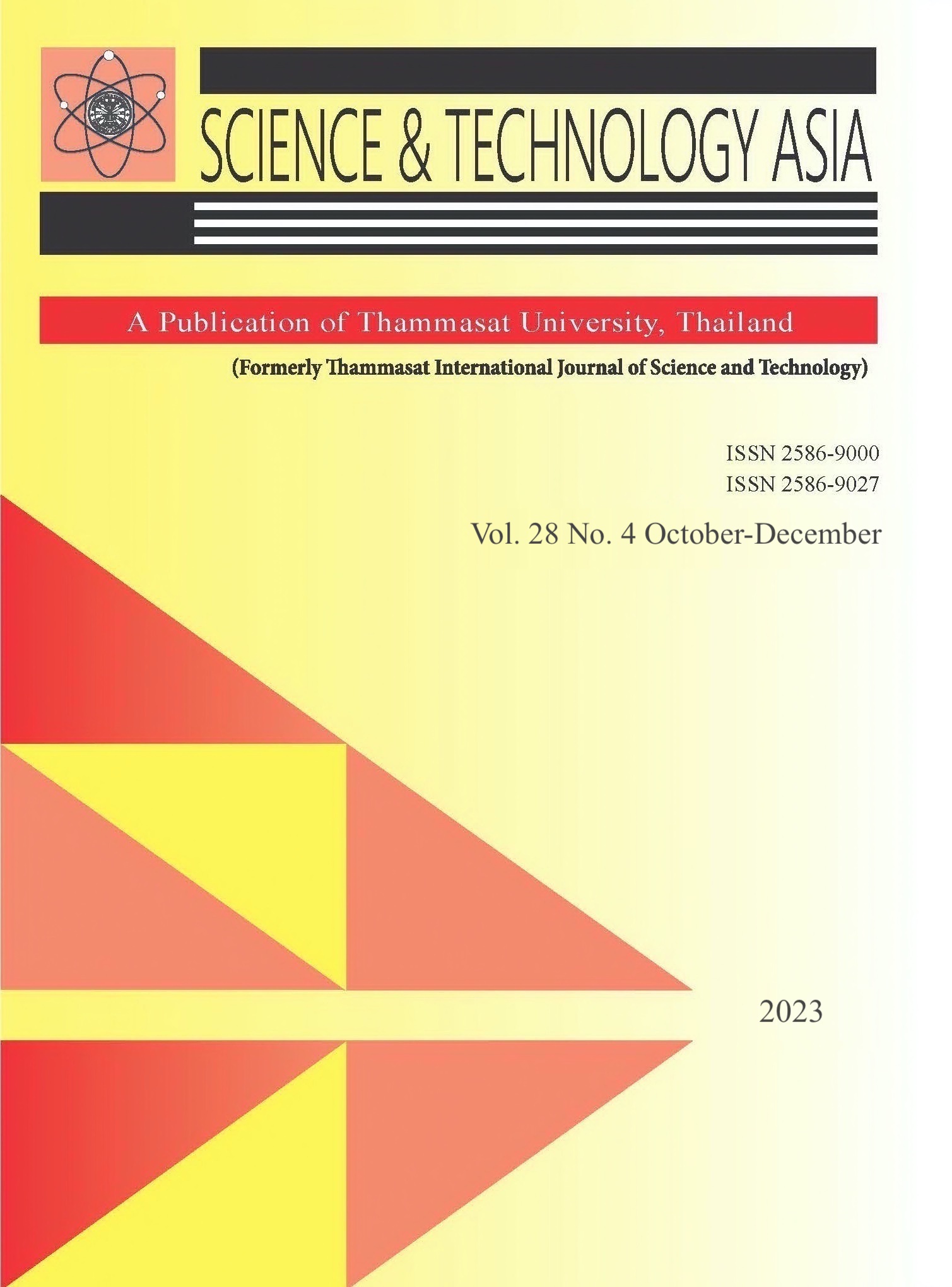Sustainable Biocompatible Materials for 3D Printed Fracture Casts: A Comparative FEA Analysis of Mechanical Properties and Environmental Impact
Main Article Content
Abstract
This research explores the environmental and medical significance of employing diverse biocompatible materials in the development of fracture casts, offering sustainable alternatives to conventional materials. Traditional casts contribute to environmental challenges as non-recyclable medical waste. In contrast, casts made from biomaterials not only address this issue but also ensure non-toxic and safe compatibility with human tissues. The study utilizes 3D printing technology for efficient manufacturing, contributing to both innovation in medical technology and reduced environmental impact. Through a comparative evaluation of three distinct biomaterials, the research provides insights into their mechanical properties. The virtual design and analysis employed showcase a systematic approach, enhancing the credibility of the study. By looking at how traditional casts affect the environment, making sure they are compatible with human tissues, encouraging innovation in manufacturing, and doing a full analysis of the materials, this research has the potential to lead to more sustainable and patient-friendly ways to treat fractures.
Article Details

This work is licensed under a Creative Commons Attribution-NonCommercial-NoDerivatives 4.0 International License.
References
Tappa K, Jammalamadaka U. Novel biomaterials used in medical 3D printing techniques. Journal of Functional Biomaterials, 2018;9(1):17.
Chen Y, Lin H, Yu Q, Zhang X, Wang D, Shi L, Huang W, Zhong S. Application of 3D-printed orthopedic cast for the treatment of forearm fractures: finite element analysis and comparative clinical assessment. BioMed Research International, 2020.
Lin, H, Shi L, Wang D. A rapid and intelligent designing technique for patientspecific and 3D-printed orthopedic cast. 3D Printing in Medicine, 2016;2(1):1-10.
Poologasundarampillai G, Nommeots-Nomm A. Materials for 3D printing in medicine: Metals, polymers, ceramics, hydrogels. In 3D Printing in Medicine. Woodhead Publishing. 2017, pp.43-71.
Khan I, Saeed K, Khan I. Nanoparticles: Properties, applications and toxicities. Arabian Journal of Chemistry, 2019;12(7):908-31.
Harrison IP, Spada F. Hydrogels for atopic dermatitis and wound management: a superior drug delivery vehicle. Pharmaceutics, 2018;10(2):71.
Devi RS, Kumar AS, Bhuvanes E, Kavya C. Biomaterial and its medical applications. International Journal of Advanced Research, Innovation and Ideas in Education, 2017:3(3):489-98.
Mkhemer S, Makhool S, Samara Q. 3D Printing. Department of Electrical and Computer System, Birzeit University. (2014).
de León EHP, Valle-Pérez AU, Khan ZN, Hauser CA. Intelligent and smart biomaterials for sustainable 3D printing applications. Current Opinion in Biomedical Engineering, 2023;100450.
Arif ZU, Khalid MY, Noroozi R, Hossain, M, Shi HH, Tariq A, Umer R. Additive manufacturing of sustainable biomaterials for biomedical applications. Asian Journal of Pharmaceutical Sciences, 2023;100812.
Babani K. The Journey of Biomaterial Discovery to Collaboration in Tissue Engineering And 3D Printing. J Adv Biomed Eng, 2023;1(1):3-7.
Okwuosa TC, Stefaniak D, Arafat B, Isreb A, Wan KW, Alhnan MA. A lower temperature FDM 3D printing for the manufacture of patient-specific immediate release tablets. Pharmaceutical Research, 2016;33(11):2704-12.
Wang J, Goyanes A, Gaisford S, Basit AW. Stereolithographic (SLA) 3D printing of oral modified-release dosage forms. International Journal of Pharmaceutics, 2016;503(1-2):207-12.
Lindberg A, Alfthan J, Pettersson H, Flodberg G, Yang L. Mechanical performance of polymer powder bed fused objects–FEM simulation and verification. Additive Manufacturing, 2018;24:577-86.
Chen YJ, Lin H, Zhang X, Huang W, Shi L, Wang D. Application of 3D-printed and patient-specific cast for the treatment of distal radius fractures: initial experience. 3D Printing in Medicine, 2017;3(1):1-9.
Voskerician G, Shive MS, Shawgo RS, Von Recum H, Anderson JM, Cima MJ, Langer R. Biocompatibility and biofouling of MEMS drug delivery devices. Biomaterials, 2003;24(11):1959-67.
Polyamide 12 (PA 12) 3D Printing with Nylon Plastic. Link: https://www.fastradius.com/resources/polyamide-12/.
Teo AJ, Mishra A, Park I, Kim YJ, Park WT, Yoon YJ. Polymeric biomaterials for medical implants and devices. ACS Biomaterials Science & Engineering, 2016;2(4):454-72.
Bano K, Pandey R, Jamal-e-Fatima, Roohi. New advancements of bioplastics in medical applications. International Journal of Pharmaceutical Sciences and Research, 2018;9(2):402-16.
Khan IR, Salavane SS. (ABS M30i). Fused Deposition Modelling in Shooting Sports.
Perez M, Block M, Espalin D, Winker R, Hoppe T, Medina F, Wicker R. Sterilization of FDM-manufactured parts. In 23rd Annual International Solid Freeform Fabrication Symposium–An Additive Manufacturing Conference, 2012, pp. 285-96.


